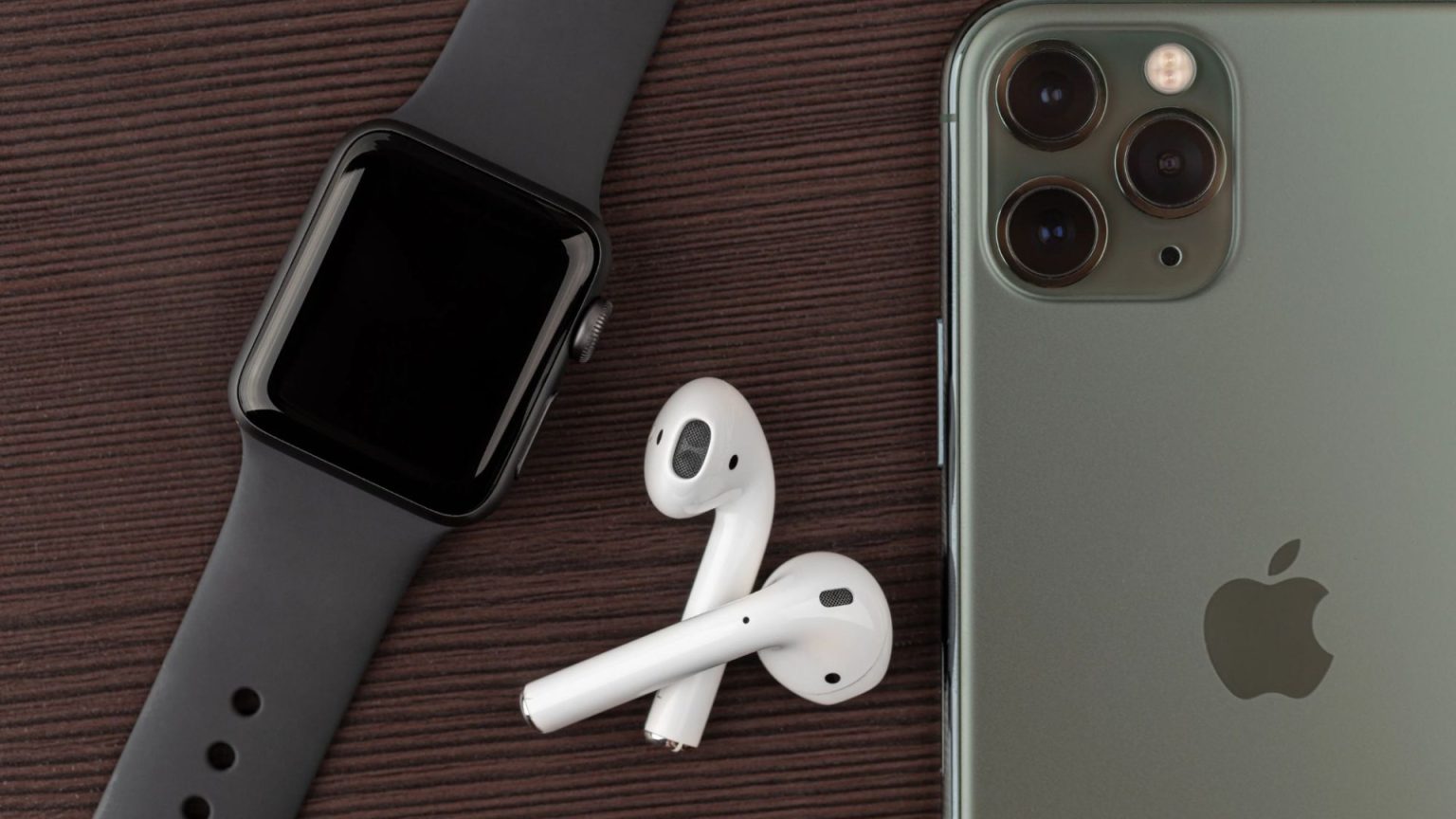The Apple Watch Series 4, released in 2018, has recently been added to Apple’s vintage product list, a designation given to devices discontinued more than five but less than seven years ago. This classification has implications for owners seeking repairs, as parts availability becomes increasingly limited. While Apple encourages users to explore third-party retailers like eBay for parts, finding replacements might prove challenging. Unlike MacBooks, which retain battery replacement eligibility for up to ten years post-discontinuation, the Series 4 faces a less certain future. This situation underscores the inherent tension between Apple’s claim of product longevity and the practical realities of repair and maintenance for older devices.
Apple’s vintage and obsolete product policy, while transparent, raises concerns about the long-term viability of their devices. The company emphasizes the durable materials and rigorous testing involved in product development, even suggesting that extended product usage benefits the environment. However, the limited availability of parts for vintage products seemingly contradicts this sustainability message. Consumers investing in Apple products expect a reasonable lifespan and accessible repair options, but the vintage designation casts doubt on this expectation, potentially forcing users to prematurely replace devices rather than repair them.
The addition of the Series 4 to the vintage list is not an isolated incident. Several other Apple products, including the iPod touch (4th and 6th generations), various MacBook models (Air and Pro), and older iMacs and Mac minis, also fall under this classification. This consistent pattern of product obsolescence fuels the debate surrounding planned obsolescence, a strategy where companies intentionally limit product lifespan to encourage frequent upgrades. While Apple has not explicitly admitted to such practices, the regular addition of relatively recent products to the vintage list contributes to this perception.
Looking ahead to 2025, the iPhone X, a significant redesign that introduced the now-ubiquitous notch, is poised to join the ranks of obsolete Apple products. Launched in 2017 and discontinued just a year later, the iPhone X’s impending obsolescence highlights the rapid turnover of technology and the potentially short lifespan of even flagship devices. This rapid cycle of obsolescence may compel consumers to repeatedly invest in new devices, raising questions about the economic and environmental implications of such a consumption pattern.
Beyond iPhones, 2025 also spells potential obsolescence for the iPad (5th generation) and iPad Air 2, both discontinued in 2018. The inclusion of these iPads underscores the broad reach of Apple’s obsolescence policy, affecting multiple product lines and demonstrating the company’s consistent approach to managing older devices. This broad application of the policy raises further questions about the sustainability of Apple’s product lifecycle and the potential impact on consumer choice and long-term device ownership.
The increasing number of Apple products designated as vintage or obsolete raises concerns for consumers. While Apple’s transparency regarding their policy allows users to anticipate the eventual fate of their devices, the limited availability of parts and repair options for vintage products creates a dilemma. Consumers must weigh the cost and feasibility of repairs against the expense of purchasing new devices, potentially feeling pressured to upgrade sooner than desired. This situation underscores the need for ongoing dialogue about product longevity, repairability, and the environmental impact of consumer electronics. Ultimately, consumers desire products that offer both cutting-edge technology and sustainable long-term value.




